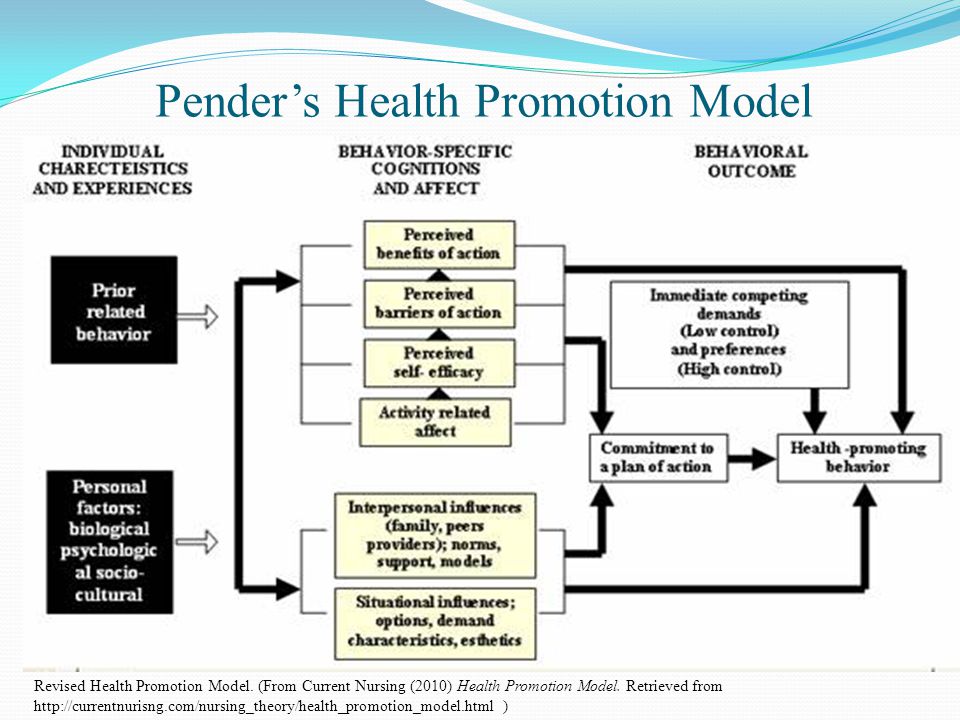Insurance And Risk Managment “Homeowner Policy”
Note: You MUST show your work (how to arrive at your final solution) for problem-solving questions to get credit. Your answers should be typed and bring a hard copy of them in class. This assignment is due on Monday, October 5.
Ch. 21
1. Indicate whether the following losses are covered under Section II of the homeowners policy. Assume there are no special endorsements. Give reasons for your answers.
a. The named insured’s dog bites a neighbor’s child and also chews up the neighbor’s coat.
b. A son living at home accidentally injures another player while playing softball.
c. A guest slips on a waxed kitchen floor and breaks an arm.
d. A neighbor’s child falls off a swing in the named insured’s yard and breaks an arm.
e. The named insured accidentally falls on an icy sidewalk and breaks a leg.
f. While driving to the supermarket, the named insured injures another motorist with the automobile.
g. A ward of the court, age 10, in the care of an insured, deliberately breaks a neighbor’s window.
h. The named insured paints houses for a living. A can of paint accidentally spills onto a customer’s roof and discolors it.
i. The named insured falls asleep while smoking a cigarette in a rented hotel room, and the room is badly damaged by the fire.
j. The named insured borrows a camera, and it is stolen from a motel room while the insured is on vacation.
2. Joseph is the named insured under a Homeowners 3 policy (special form) with a liability limit of $100,000 per occurrence and a $1000 limit for medical payments to others. For each of the following situations, explain whether the loss is covered under Section II of Joseph’s homeowners policy.
a. Joseph is a self-employed accountant who works out of his home. One of Joseph’s clients sues him for negligence in the preparation of a tax return and is awarded a $3000 judgment against him.
b. Joseph’s 25-year-old son, who recently married and now lives in his own apartment, egligently kills another hunter in a hunting accident. The son is sued for $1 million in a wrongful-death lawsuit.
3. Jerry and Lois Gower own and operate the Gower Painting Co. The couple is insured under a Homeowners 3 policy with no special endorsements. The policy has a $100,000 per occurrence limit for personal liability and a $1000 limit for medical payments to others. For each of the following situations, indicate to what extent, if any, the loss is covered under Section II of their homeowners policy.
a. Jerry left a ladder standing against a house that he was painting. When Jerry went to lunch, a child, age 7, climbed the ladder and was seriously injured when the ladder collapsed. Jerry is sued by the child’s parents for $200,000.
b. Lois accidentally fell off the roof of a house that she was painting and injured her leg. She incurred medical expenses of $3000.
c. The couple’s daughter, Jennifer, age 22, attends college at a large Midwestern university. While playing softball, Jennifer made a hard slide into second base and accidentally injured the opposing player. The injured player claims Jennifer intended to injure her and sues Jennifer for $50,000.
d. Lois has a pet basset hound, Huey. Huey is a friendly, docile dog and loves people. One morning, Lois carelessly left the backyard gate open, and Huey escaped from the fenced yard. A neighbor tried to catch the dog, and Huey bit him on the hand and leg. The neighbor incurred medical bills of $800. Lois is later sued by the neighbor for $50,000 when the dog bite became infected and did not heal.
e. Jerry is playing golf with a friend who is riding in a golf cart that he is operating. The cart overturned when Jerry carelessly drove the cart off the fairway and hit a tree. Jerry’s friend is seriously injured and sues Jerry for $150,000.


